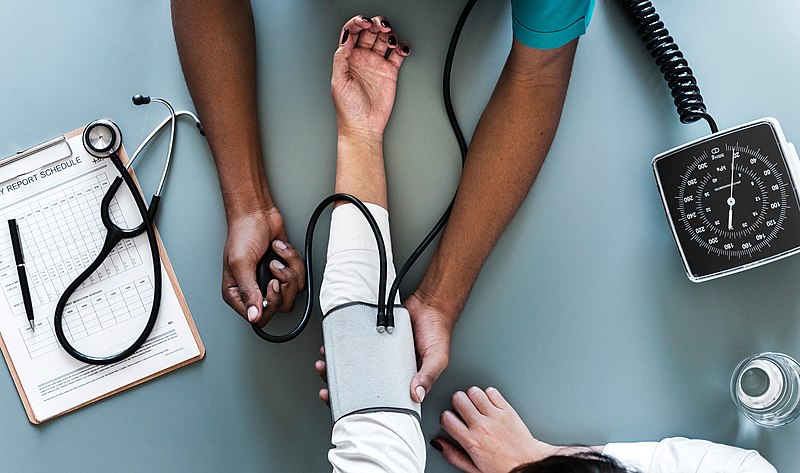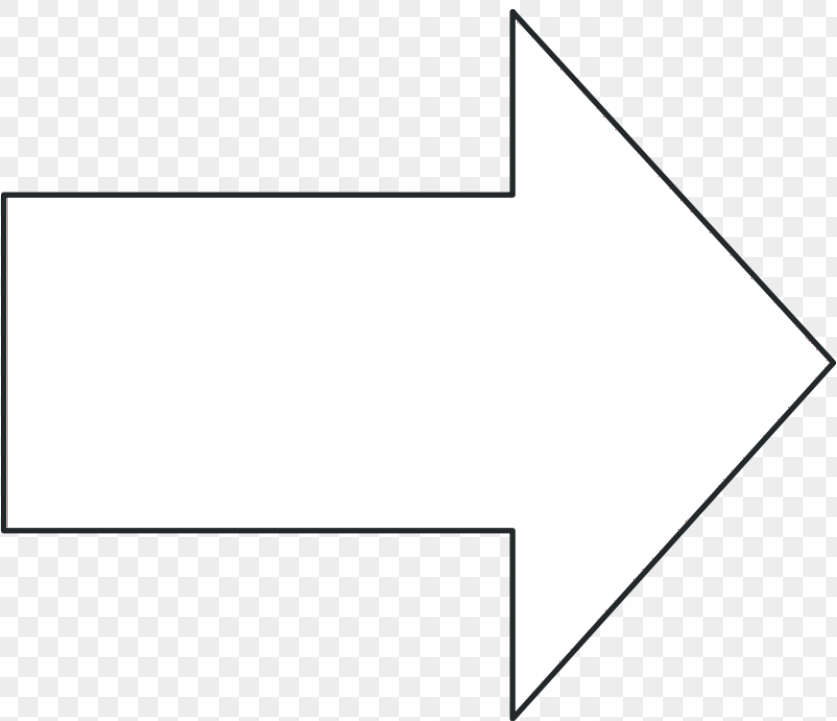Blood Pressure Monitoring and Checkup Frequency
According to 2017 hypertension guidelines1 from the American College of Cardiology and American Heart Association, patients started on blood pressure-lowering medication should return for a follow-up appointment monthly until blood pressure goals are met [Strong Recommendation (Level B-R)]. The experts also found strong evidence to support the recommendation of promoting other strategies to improve control of blood pressure in patients on antihypertensive therapy to include the use of home blood pressure monitoring, team-based care, and telehealth strategies [Strong Recommendation (Level A)].
The evidence in these studies demonstrated the benefits of a combination of home blood pressure monitoring, telehealth, and team-based (e.g., nurse case manager, pharmacist, doctor) care over office based follow-up alone.2-6 At the follow-up checkup, the doctor will measure blood pressure and assess for adverse effects.1,7 Patients with more severe hypertension (≥160 systolic blood pressure or ≥100 diastolic blood pressure) or complicating comorbid conditions, such as heart failure, diabetes, or chronic kidney disease, need more frequent visits.1 Once the blood pressure goal is met and stable, visits can be at three- to six-month intervals.
Other Monitoring Tests
According to the 2017 hypertension guidelines, patients on a diuretic should have blood tests of electrolytes and renal function within two to four weeks after starting therapy.1 It also recommends monitoring uric acid and calcium levels for people taking diuretics. The manufacturer’s package insert states that patients on diuretic therapy should be monitored for fluid and electrolyte imbalances, particularly hypokalemia, hyponatremia, and hypochloremic alkalosis at “appropriate intervals”.8
From 10% for outpatients taking 25 mg to 50 mg of hydrochlorothiazide (HCTZ) a day to up to 40% for outpatients taking 100 mg of HCTZ a day may develop hypokalemia (serum potassium level of less than 3.5 mmol/L).9-12 People on diuretic therapy should be aware of and watch for warning signs or symptoms of fluid and electrolyte imbalance. These include nausea and vomiting, dry mouth, excessive thirst, muscle pains or cramps, weakness, lethargy, drowsiness, restlessness, confusion, seizures, hypotension, oliguria, and tachycardia. Serum and urine electrolyte testing should be done for people on diuretic therapy who are at high risk for electrolyte imbalances. This includes those who are vomiting excessively or on parenteral fluids. Other risk factors for hypokalemia include concomitant severe cirrhosis, prolonged or high dose diuretic therapy, and inadequate oral potassium intake. To avoid or treat hypokalemia, people may need potassium supplements or raise high-potassium food intake.
Licht et al. compared several diuretic therapies for the treatment of hypertension and found that the group on HCTZ monotherapy of 50 mg per day (n=500) had a hypokalemia prevalence of 11%.11 The group on HCTZ monotherapy of 25 mg per day (n=183) only had a 2.2% prevalence. This demonstrates the dose effect on the development of hypokalemia.
Hypokalemia can cause serious cardiac arrhythmia.8,10,11 Hypokalemia is particularly dangerous for people with pre-existing cardiovascular disease and especially those on digitalis therapy.
References
- Whelton PK, Carey RM, Aronow WS, et al. 2017 ACC/AHA/AAPA/ABC/ACPM/AGS/APhA/ASH/ASPC/NMA/PCNA guideline for the prevention, detection, evaluation, and management of high blood pressure in adults: executive summary: a report of the American College of Cardiology/American Heart Association Task Force on Clinical Practice Guidelines. Hypertension 2017.
- Margolis KL, Asche SE, Bergdall AR, et al. Effect of home blood pressure telemonitoring and pharmacist management on blood pressure control: a cluster randomized clinical trial. JAMA 2013; 310 (1): 46-56.
- Bosworth HB, Powers BJ, Olsen MK, et al. Home blood pressure management and improved blood pressure control: results from a randomized controlled trial. Arch Intern Med 2011; 171 (13): 1173-1180.
- Brennan T, Spettell C, Villagra V, et al. Disease management to promote blood pressure control among African Americans. Popul Health Manag 2010; 13 (2): 65-72.
- Bosworth HB, Olsen MK, Grubber JM, et al. Two self-management interventions to improve hypertension control: a randomized trial. Ann Intern Med 2009; 151 (10): 687-695.
- Green BB, Cook AJ, Ralston JD, et al. Effectiveness of home blood pressure monitoring, Web communication, and pharmacist care on hypertension control: a randomized controlled trial. JAMA 2008; 299 (24): 2857-2867.
- Chobanian AV, Bakris GL, Black HR, et al. Seventh report of the Joint National Committee on Prevention, Detection, Evaluation, and Treatment of High Blood Pressure. Hypertension 2003; 42 (6): 1206-1252.
- Hydrochlorothiazide [package insert]. Morgantown, WV: Mylan Pharmaceuticals, Inc.; 2011.
- Cohn JN, Kowey PR, Whelton PK, Prisant LM. New guidelines for potassium replacement in clinical practice: a contemporary review by the National Council on Potassium in Clinical Practice. Arch Intern Med 2000; 160 (16): 2429-2436.
- Gennari FJ. Hypokalemia. N Engl J Med 1998; 339 (7): 451-458.
- Licht JH, Haley RJ, Pugh B, Lewis SB. Diuretic regimens in essential hypertension. A comparison of hypokalemic effects, BP control, and cost. Arch Intern Med 1983; 143 (9): 1694-1699.
- Rodenburg EM, Visser LE, Hoorn EJ, et al. Thiazides and the risk of hypokalemia in the general population. J Hypertens 2014; 32 (10): 2092-2097; discussion 2097.


.png)
